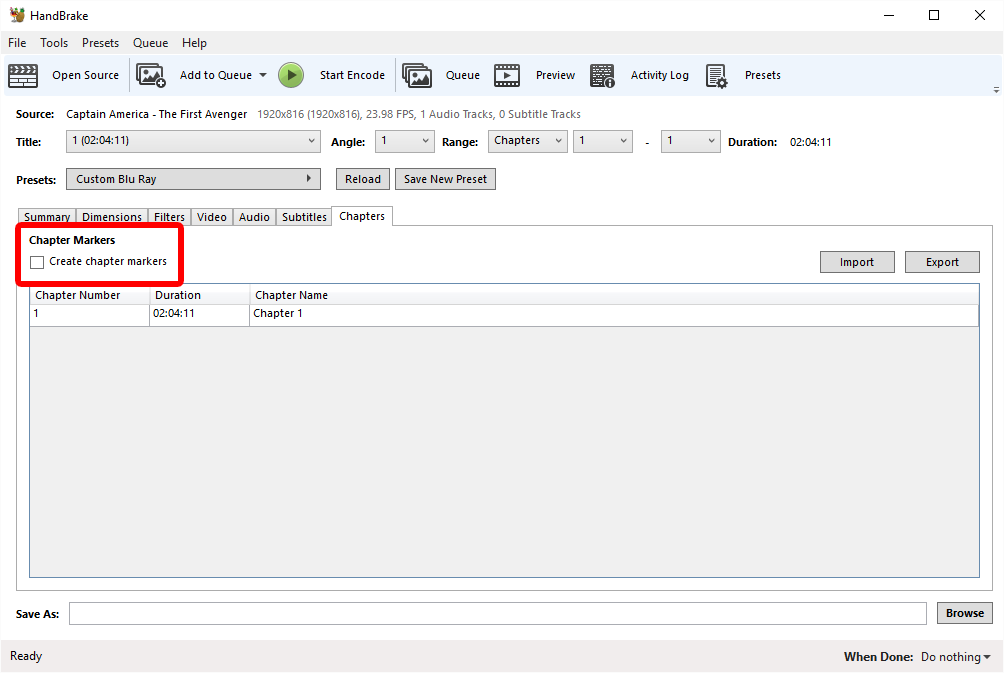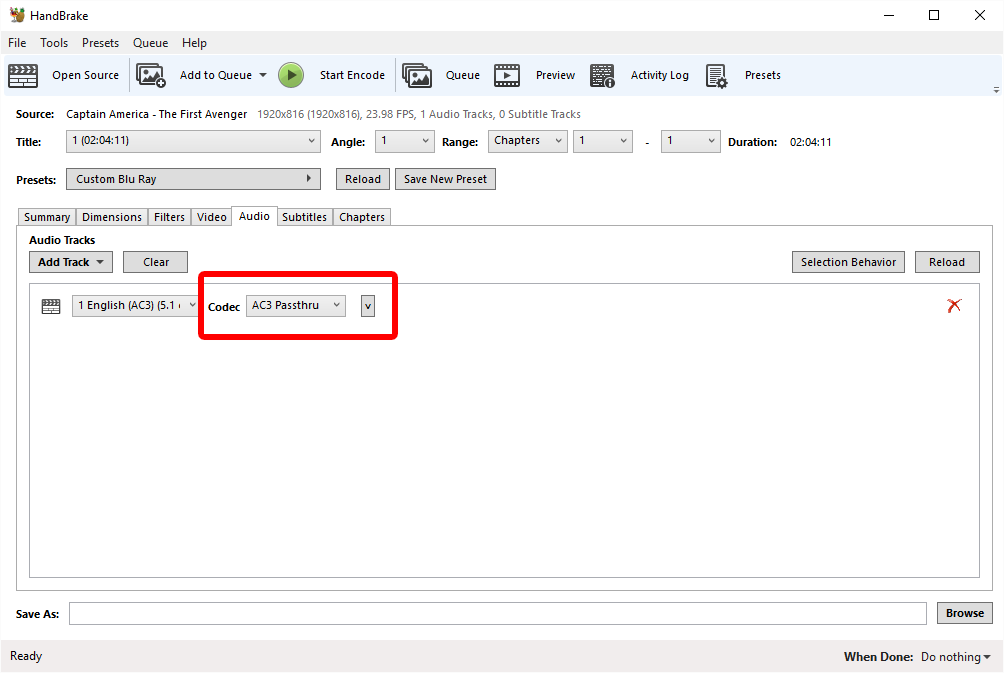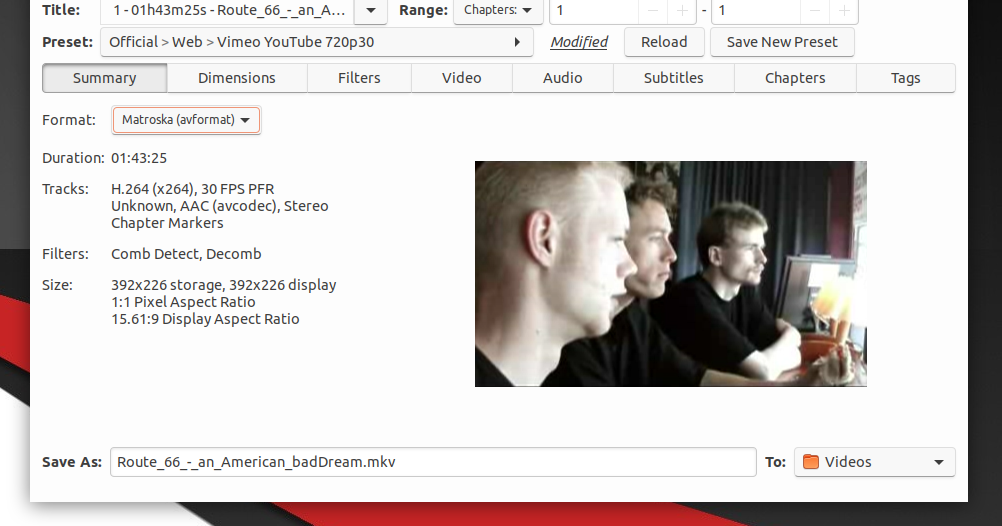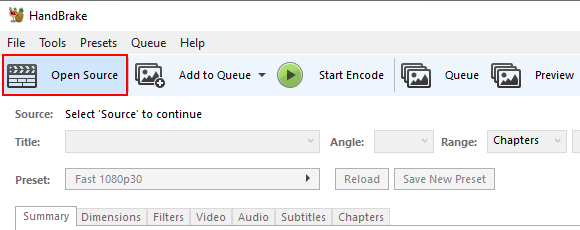


The downside to this is, you’ll get combing artefacts if you try viewing this on your computer monitor. By this, the content can be broadcasted at twice the frame rate as that of progressively scanned video ( For more info, see: Progressive Video), without any additional bandwidth. Interlacing is the process of dividing each frame into two fields, with each field containing alternate horizontal lines of the frame, making it suitable for broadcast ( For more info, see: Interlaced Video). Only worry about these settings if your source is a broadcast content(analog broadcast content, to be precise). Handbrake Filters Tab Detelecine, Deinterlace and Decomb: But these would get cropped off during playback, and in most cases won’t be visible. Next closest number divisible by 16 is 352. But to achieve this, 4 additional horizontal pixels would be padded and encoded (348 is not divisible by 16. By setting the value of modulus to 2, you would be able to preserve the aspect ratio of the 640×348 video as it is, as the height and width now just needs to be divisible by 2. By using the Modulus option, you get to decide the multiplying factor for the resolution, at the expense of some overhead. But since the height and width both must be divisible by 16, the resolution would be reduced to 640×336, thereby creating an effective aspect ratio of 1.9. The standard resolution for such a video would be 640×348 (approximately). For example, imagine a video that has an aspect ratio of 1.84 and is 640 pixels wide. The downside here is that you’d almost never get a perfect resolution and aspect ratio. This means that both the width and the height of the video would have to be divisible by 16. A macroblock generally consists of 16×16 pixels.

Most video encoders divide each video frame into macroblocks, which can be said to be an array of pixels. But if the video source itself is anamorphic, then that property will be lost. Keeping it to none with “Keep Aspect Ratio” enabled will work too.

If your video doesn’t appear squished on your device, and you want to reduce its resolution, keep this option to loose and reduce the resolution. If your video doesn’t appear squished on your device, and you want to keep its resolution as it is, keep this option to Strict and let Handbrake handle the rest. So, I feel it’s best if I explain it in a later part. And quite a good one at that.Īnamorphic is the property of scaling the width of a video by a factor in order to correct its Aspect Ratio.This setting is a bit complicated to explain. So, it wouldn’t be right classifying it as a video converter per se, but it most certainly is a video transcoder. Handbrake currently supports two output container formats: MKV and MP4. So, from this it is evident that most video converters are transcoders as well (though in most cases, devoid of many of the features offered by standalone video transcoders like Handbrake), while video transcoders may or may not offer conversion. Converting: Changing the container format of the video file, with or without transcoding.Transcoding: Encode using a different codec from the one with which the video is currently encoded.For example aac, mp3, wma are audio codecs and x264, xvid, VP8 are video codecs. The video and audio streams are encoded using different codecs and are held together in the container format. Codec (COder-DECoder), simply put, is the program using which data streams are encoded for storage on a device, and decoded for playback. The audio that you hear, and the video that you see. Codec: A video file basically comprises of two things.For example, mp4, avi, mkv, 3gp, flv are all container formats, and in no way signifies the codec used. If your file name is xxx.yyy, then yyy is the container. Container: This is your actual video file format.So, I feel it would be best if I clear that up first. I have heard the terms container and codec, converter and encoder (or transcoder) misunderstood and used interchangeably countless times. It wasn’t, isn’t and quite probably never will be a “Video Converter”. What needs to be noted here is that Handbrake is a video transcoder. “HandBrake is a GPL-licensed, multiplatform, multithreaded video transcoder.” Reducing file size to save your device memory.Uploading a video with a low bandwidth connection.Incompatibility of the video codec with your device.Well, there could be many different reasons for this. General Info about Handbrake and Videos Why Transcode Videos?:


 0 kommentar(er)
0 kommentar(er)
